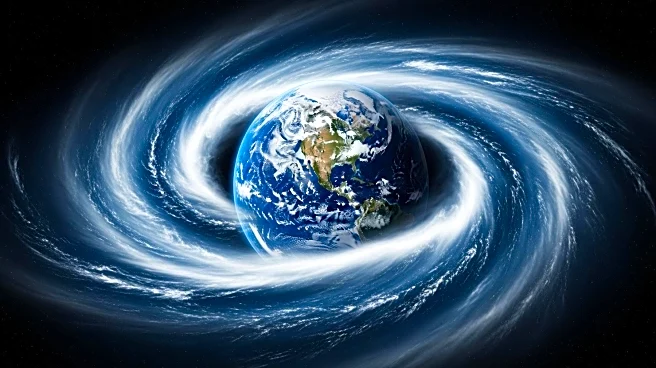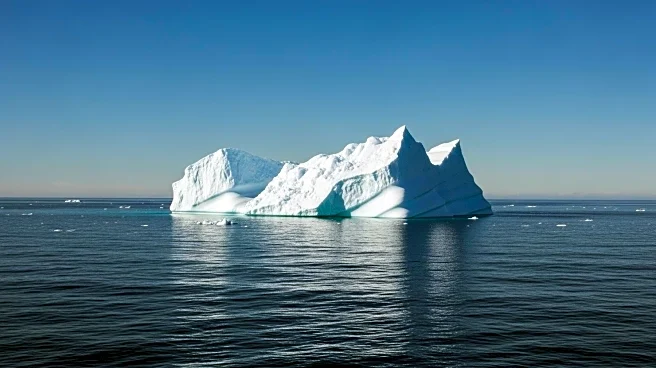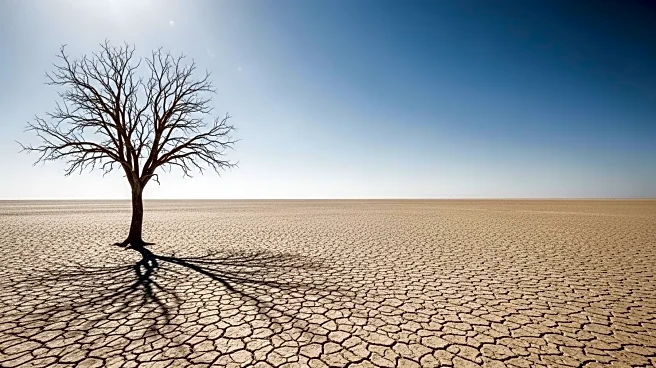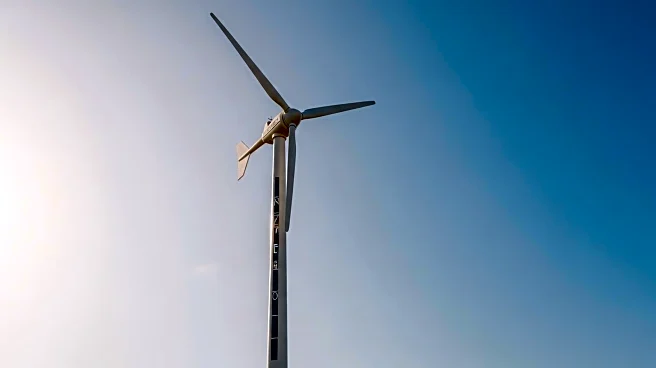What's Happening?
Recent observations have shown a significant rise in stratospheric temperatures over Antarctica, with increases of over 35°C (63°F) since early September. This has led to a reduction in wind speeds and a halt in ozone depletion. Such events, which typically occur once every 20 years, are becoming more frequent, indicating potential changes in the global climate system. Meteorologists in Australia are now predicting warmer and drier conditions due to potential strong westerlies. The cause of these anomalies is believed to be linked to rising sea surface temperatures in the Pacific, driven by climate change.
Why It's Important?
The unusual atmospheric conditions in Antarctica could have significant implications for weather patterns across the southern hemisphere. The potential for warmer and drier conditions in regions like Australia could impact agriculture, water resources, and increase the risk of wildfires. The changes in the polar vortex and sea ice loss are also concerning for global climate stability, as they may lead to cascading effects in the Antarctic environment, affecting ocean circulation and ice shelf stability.
What's Next?
Meteorologists are monitoring the situation closely to determine if the polar vortex will re-establish itself or if the warming trend will continue. The ongoing changes could lead to more extreme weather events in the southern hemisphere, necessitating adjustments in climate models and preparedness strategies for affected regions.
Beyond the Headlines
The frequent occurrence of these atmospheric anomalies suggests a deeper shift in the global climate system, potentially reinforcing and cascading through various environmental components. This highlights the urgent need for comprehensive climate action to mitigate further disruptions.










